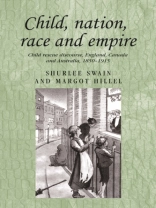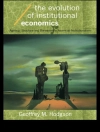Child, nation, race and empire is an innovative, inter-disciplinary, cross cultural study that contributes to understandings of both contemporary child welfare practices and the complex dynamics of empire.
It analyses the construction and transmission of nineteenth-century British child rescue ideology. Locating the origins of contemporary practice in the publications of the prominent English Child rescuers, Dr Barnardo, Thomas Bowman Stephenson, Benjamin Waugh, Edward de Montjoie Rudolf and their colonial disciples and literature written for children, it shows how the vulnerable body of the child at risk came to be reconstituted as central to the survival of nation, race and empire.
Yet, as the shocking testimony before the many official enquiries into the past treatment of children in out-of-home ‘care’ held in Britain, Ireland, Australia and Canada make clear, there was no guarantee that the rescued child would be protected from further harm.
表中的内容
Contents
List of figures
Preface
List of abbreviations
1. The child as citizen
2. The gospel of child rescue
3. The body of the child
4. The body of the nation
5. The salvation of the race
6. The salvation of the empire
7. A new orthodoxy in child protection practice
8. Lost, stolen or forgotten: the legacy of the survivors
Bibliography
Index
关于作者
John Mac Kenzie is Emeritus Professor of Imperial History, Lancaster University and holds Honorary Professorships at Aberdeen, St Andrews and Stirling, as well as an Honorary Fellowship at Edinburgh.












